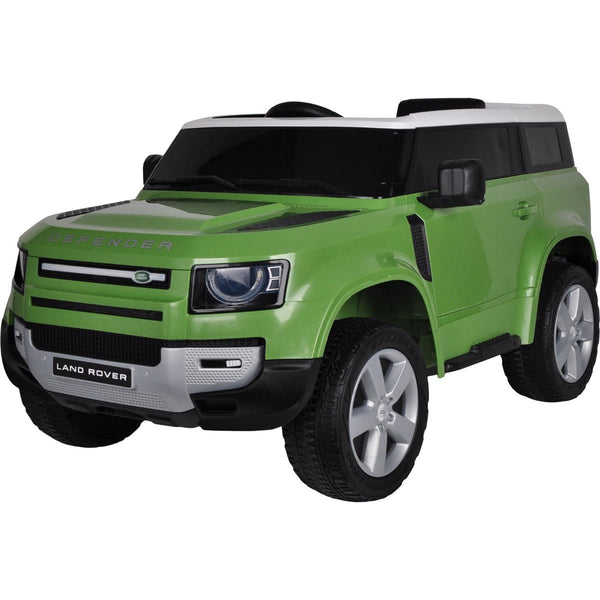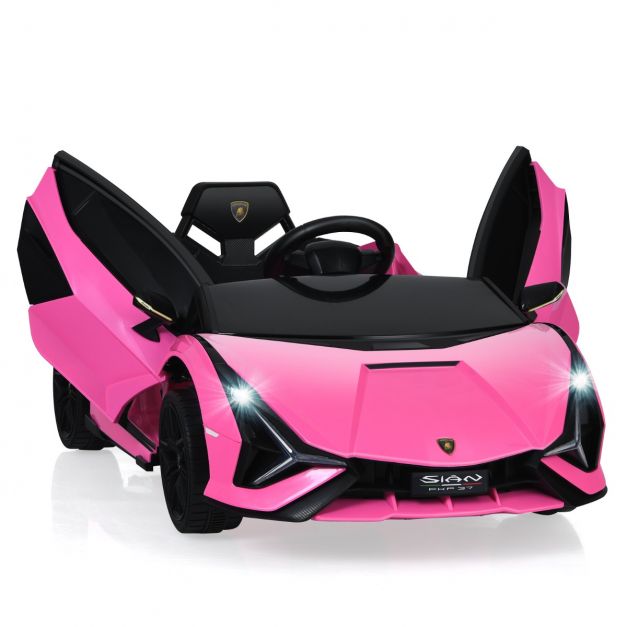Best Tips On Choosing Ride On Toys
Wiki Article
What Ride-On Features Should I Be Considering? Pros And Pros And
To ensure the safety of your child, you should consider the following safety features. Seat Belts, for example are a security feature that is important to consider.
Pros - Seatbelts keep your child inside the ride-on vehicle, reducing chances of them falling off or being ejected when playing. Seat belts are an extra layer to protect your child when turning around and during sudden stops.
Cons - Some cars with ride-ons might not have seat belts, specifically those designed for younger toddlers. In addition, kids may find the seat belts uncomfortable or tight, which can lead to resistance or refusal to use them.
Sturdy Construction
Pros: A car that is built with quality materials and has a solid structure will last longer, resistant to damage and ensure long-term safety and reliability. It is durable and stable enough to stand up to the demands of playtime.
Cons - Sturdy design usually comes at a higher price level, which makes it more expensive for certain families. In addition, heavier materials can impact the maneuverability and portability of the ride-on car.
Low Center Gravity -
Ride-on vehicles with low center of gravity are less likely than others to topple, which can lower the risk of accidents and injuries. They are more stable and provide better balance, particularly when turning or performing maneuvers.
Cons - Some ride-on cars with a low center of gravity can result in a loss of ground clearance or off-road capabilities, limiting their versatility in certain environments.
Remote Control for Parents -
Pros: Remote-controlled vehicles give parents the capability to monitor and supervise their children's activities, giving an additional layer of control and safety. Parents can intervene during emergencies and navigate treacherous terrains or avoid collisions.
Cons - Parental remote control can limit children’s independence and autonomy, since they rely heavily on parental supervision and assistance when playing. In addition, models that are controlled remotely may be more costly than those with manual controls.
Speed Limiters
Pros - Ride-on vehicles with speed limiters or speed settings that can be adjusted allow parents to control the maximum speed of the car which reduces the chance of collisions or accidents. They may increase the speed gradually as the child grows confident and acquires the abilities.
Cons - Some children may get out of the lower speeds quickly, which can lead to anger or dissatisfaction from the ride-on cars. Also, some models may not have speed limiters, or require other options or features.
Safe Start Technology -
Pros: The ride-on car is designed to start and stop without a hitch. It minimizes the risk that the child could be scared or unstable. It ensures a safer, more enjoyable ride.
Pros - Some cars that have safe-start technology cost more than those without it. Additionally, children may find that gradual acceleration and deceleration are not as fun or exciting than instant starts and stops.
Visibility Enhancements
Pros: Ride-on vehicles that have improved visibility, such as headlights and taillights that work or reflective materials can increase visibility even in dimly lit or low lighting conditions. They enhance security by making the car more noticeable to pedestrians or vehicles.
Cons - The addition of visibility features may add battery consumption or increase the complexity in the ride-on vehicle's design. These elements can lead to malfunctions or issues with maintenance.
When you think about these security features and weigh their advantages, you'll be able choose one that is focused on the security of your child, while also providing them with the most enjoyable and thrilling playtime. Read the most popular kids cars for blog info including electric ride on cars, a toy car, car toy car toy, kidscars, ride electric car, toy cars toy car, toy car for car, toy in car, ride electric car, childs ride on car and more. .

What Are The Reasons For Different Levels Of Skill For Electric Ride-On Automobiles?
Electric ride-on cars often feature various speed settings and control options to cater for different levels of experience and ensure a safe and enjoyable experience for children. Here's the reason and how these features are used - Safety
Children have different levels of competence and confidence when it comes time to operate ride-on vehicles. With the various speed settings available, parents can set the car's top speed to match the child’s abilities and reduce the risk of accidents.
Lower speed settings are ideal for beginners or younger children who are still learning how to operate the ride-on vehicle and higher speeds can be used by older children or those with more experience.
Gradual Learning Curve -
Electric ride-on cars with multiple speed settings provide an accelerated learning curve for children as they improve their driving skills as they progress. Starting at lower speeds, children can get themselves with the controls and build confidence before progressing into higher speeds.
As their child gains driving skills, parents can accelerate the speed. This gives their child the feeling of achievement and progress.
Parental Control
A few electric ride-on vehicles come equipped with parental control options that permit parents to restrict the maximum speed of the vehicle remotely. This feature allows parents to feel safe knowing that they can adjust the vehicle's speed or intervene, if needed, in order to ensure that their child is secure.
Models could include parental control features such as remote speed limiters, or emergency stop buttons.
Flexibility
The needs and interests of children may change over time as they grow. The electric ride-on car that has various speeds gives flexibility and adaptability to these changes.
As they gain confidence and skill in their riding, they are able to move up to higher speed settings for an exciting and challenging experience. For children who are younger or have less experienced friends, parents may want to lower the speed.
Customization
Multiple speed settings enable the ability to customize and personalize depending on the individual's preferences and preferences. Children can choose the speed that is most comfortable for their level and preferred level of excitement.
Some electric ride-on vehicles may come with additional control options like variable braking or acceleration sensitivity. This enables the driver to customize their driving experience according to their personal preferences.
Overall, electric cars with various settings for speed and control provide a safe ride that is flexible to various age groups capabilities, preferences, and abilities. These features boost confidence, boost growth in skills, and provide enjoyable activities for children, while also giving parents to monitor, intervene, or monitor their child as necessary. See the best read more for Lamborghini ride on car for more examples including remote control childrens electric cars, car toy car toy, car on ride, ride electric car, car toy toy, 2 seater electric cars, ride on toy, electric ride on, toy and car, toy cars toy car and more. .

What Are The Various Types Of Remote Controlled Kids Cars? What Are Their Pros And Cons?
Remote-controlled vehicles for children, also known as RC cars, come in a variety of sizes, styles and prices that can accommodate different budgets and preferences. Below is a list of various types of remote control kids' cars, including the dimensions, cost ranges as well as pros and cons.
Electric RC Cars - Battery-powered remote-controlled cars that are suitable for outdoor and indoor use. There are many different designs of RC vehicles, such as trucks, buggies and sportscars.
Nitro RC Cars – Gas RC cars with faster speeds and better performance. They do require a greater amount of expertise and maintenance for operation. They are generally larger and more expensive than an electric RC cars.
Scale Models can be controlled remotely that include trucks, cars and aircrafts. Scale models are available in a variety of scales ranging from 1-10 up to 1-24. The larger scales provide more detail and realism.
Sizes -
Remote control cars for children come in a variety of sizes, from small miniature models to huge-scale replicas. Size can affect the performance of a vehicle, its speed, and its handling characteristics.
Micro-sized automobiles are compact and light. This makes them perfect for indoor use with younger children. These larger models have greater power and endurance and are suitable for off-road and racing in the outdoors. driving.
Prices
Prices vary based on size, features brand and the build quality.
Electric and Nitro RC vehicles in larger scale can cost between $100 and $500.
Models and high-end hobbies RC cars cost from several hundred dollars up to 1000 dollars, depending upon the level of detail.
What are the pros and cons?
Pros -
Entertainment - Remote controls for children's cars provide endless entertainment and fun for children and adults alike.
Skills Development - Operating an RC car helps children develop eye coordination, spatial awareness, and problem-solving capabilities.
Social Interaction. You can take pleasure in RC vehicles with your family and friends, which promotes social interaction.
Customization - Many RC cars can be customized using aftermarket upgrades components and accessories that boost performance and aesthetics.
Cons
Cost - High-quality remote control children's cars can be expensive and can be expensive, particularly models that are hobby-grade with sophisticated features.
Learning Curve: Operating an RC vehicle requires a lot of practice and skill, and even younger kids may have difficulty with the controls initially.
Maintenance: Cars in RC require regular maintenance, including cleaning regularly, oiling, and fixing or replacing parts.
Safety Issues RC cars are a safety risk, and can cause electrical hazards, accidents and falls if used without supervision by an adult.
In general, remote-control children's vehicles provide a thrilling and educational experience for children of all ages. But, when selecting the right model for your child be aware of factors such as cost, size, features and safety. Hobby-grade RC vehicles are best for children who are older and more enthusiastic however, simpler vehicles are ideal for children who are younger and beginner children. View the best Lamborghini ride on car kidscars.co.uk advice for blog examples including toy in car, toy a car, toy with car, kids electric cars, electric two seater cars, childrens ride on, toy car for car, kidscars, ride on car, ride electric car and more. .
